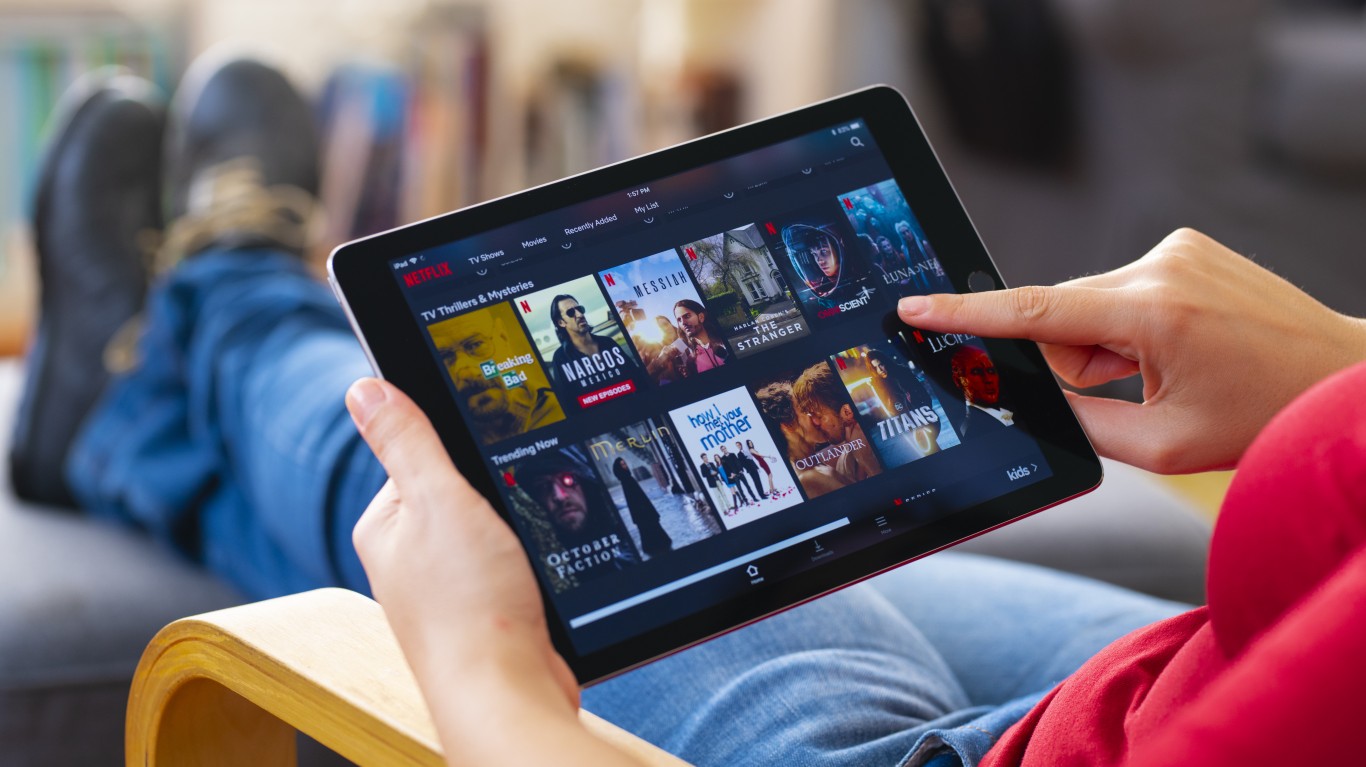
Roku is set to dominate the stories around the initial public offering calendar during the last week of September. Roku has seen considerable growth in recent years, and it can thank cord-cutters for its explosive growth as a rival against major cable company packages. What investors are going to have to consider is just how many more millions of accounts Roku can add in the coming years.
Of the 15.668 million Class A shares scheduled for sale, 9 million will be sold by the company and the rest will be sold by investors. The initial price range of $12 to $14 per share would generate IPO proceeds of about $220 million at the high-end of that range.
Roku’s solid independent position is giving it firm IPO demand here. This is the top “over the top” offering out there and it is the premier destination for new channel and new content creators to compete against the old days of only being able to exist if a cable network or satellite network would carry them.
The investor demand for an IPO has been set in place for time for Roku. In fact, 24/7 Wall St. had it as one of the top 18 IPO prospects for 2017. As of June 30, 2017, Roku had 15.1 million active accounts. Other metrics were stated as followed:
- Its users streamed more than 6.7 billion hours on the Roku platform in the six months ended June 30, 2017, (up 62% from the prior year’s combarable period).
- Roku users can search over 500,000 movies and TV episodes in the United States, and it carries live sports, music, news and other events.
- Users can also compare the price of content from various channels available on the Roku platform and choose from ad-supported, subscription and transactional video on-demand content.
- Roku’s ad-supported network platform grew to 2.9 billion hours in the first half of 2017, up 76% versus the same time in 2016.
- Roku says that it is the number one TV streaming platform in the United States as measured by total hours streamed (as of the first quarter).
Roku’s financial growth also has been impressive. It generated revenue of $199.7 million in the first six months of 2017, up 23% from $162.3 million in the six months of 2016. Its fiscal 2016 revenue of $398.6 million was up 25% from the $319.9 million in fiscal 2015.
There is a changing pattern in how its revenue gets generated. During the first half of 2017, player revenue represented 59% of total revenue and declined 2%, while platform revenue represented 41% of total revenue and grew 91% from the first half of 2016. In fiscal 2016, player revenue represented 74% of total revenue and grew 9%, while platform revenue represented 26% of total revenue but grew by 110% from 2015.
Roku does admit that it currently generates a majority of revenue from sales of streaming players, but its business model is to grow gross profit by increasing the number of active accounts and growing average revenue per user. The company’s IPO filing described profitability metrics as follows:
In the six months ended June 30, 2017, we generated gross profit of $76.5 million, up 52% from $50.3 million in the six months ended July 2, 2016. In fiscal 2016, we generated gross profit of $121.0 million, up 35% from $89.8 million in fiscal 2015. In the six months ended June 30, 2017, player gross profit represented 19% of total gross profit and declined 28%, and platform gross profit represented 81% of total gross profit and grew 104% from the six months ended July 2, 2016. In fiscal 2016, player gross profit represented 36% of total gross profit and declined 9%, and platform gross profit represented 64% of total gross profit and grew 87% from fiscal 2015. ARPU, which we define as our platform revenue during the preceding four fiscal quarters divided by the average of the number of active accounts at the end of that period and the end of the prior four fiscal quarters, was $11.22 per active user in the period ended June 30, 2017 and $9.28 per active user in 2016, up 43% from $6.48 in 2015. In the six months ended June 30, 2017, our net loss was $(24.2) million and our Adjusted EBITDA was $(14.0) million. In fiscal 2016 our net loss was $(42.8) million and our Adjusted EBITDA was $(29.9) million.
Investors of all walks need to understand what it is that they will be buying and what their rights will be as shareholders. Roku’s S-1 filings indicate in plain English that there are two classes of shares. The rights of the holders of Class A common stock and Class B common stock are identical, except for voting and conversion. Each Class A share is entitled to one vote per share, and Class B shares are entitled to 10 votes per share and are convertible into one share of Class A common stock. Roku’s filing shows that the B shares will retain the lion’s share of the voting power:
Outstanding shares of Class B common stock will represent approximately 98.1% of the voting power of our outstanding capital stock immediately following this offering, with our directors, executive officers and principal stockholders representing approximately 97.1% of such voting power.
Roku’s underwriting syndicate includes Morgan Stanley, Citigroup, Allen, RBC Capital Markets, Needham, Oppenheimer and William Blair. Its shares are expected to price Wednesday after the close and to begin trading Thursday on the Nasdaq under the ROKU ticker.
Stay tuned.
Thank you for reading! Have some feedback for us?
Contact the 24/7 Wall St. editorial team.
